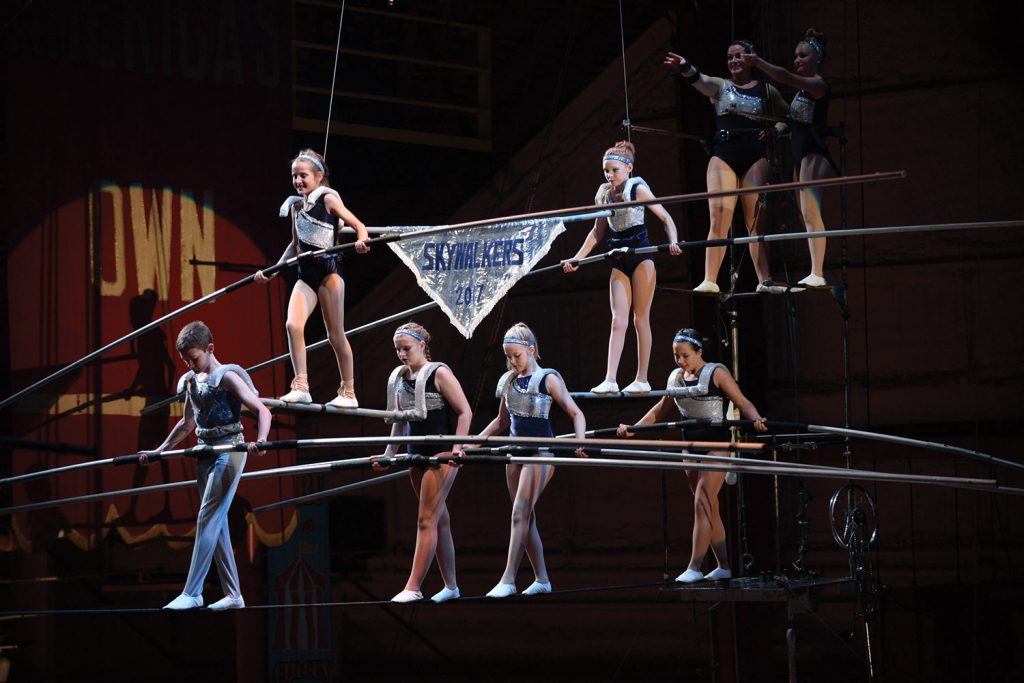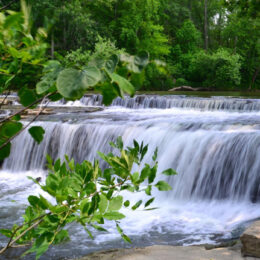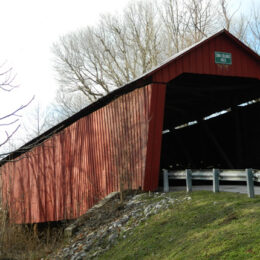
Our state may be called “Indiana” but only two of the state’s 92 counties, Delaware and Miami, honor groups of Native Americans by name.
Miami County was founded in 1833 in north central Indiana, an area that was home to the Miami tribe. But at the very time the state was being forever dubbed “the land of the Indians,” the Native Americans were being forced from their native land by European-American settlers and the U.S. government.
In 1846, most of the Miami were forced to leave, too. At Peru, Miami County’s seat, 327 tribe members boarded riverboats on the Wabash for relocation to Kansas.
But by treaty, five family groups of the Miami who had amassed some wealth and land were allowed to stay in Indiana. These included the family of Frances Slocum, the white settler kidnapped by Delaware Indians in eastern Pennsylvania when she was 5. She later married a Miami chief and lived as a Miami Indian named Maconaquah. The family of Francis Godfroy was another. He was a Miami leader who owned a trading post and was one of the most influential and wealthiest Hoosiers at the time.
By 1897, the federal government claimed the Miami who had remained in Indiana were no longer living as a “tribal community” and stripped them of their federal tribal recognition. For the past 124 years, Indiana’s Miami tribe has worked tirelessly but unsuccessfully through the courts and Congress to overturn that federal dictate.
Today, the Miami Nation of Indians of Indiana operates as a non-profit organization from the former Peru High School complex. The tribe, with an enrollment of 6,000 individuals, actively provides community services at the complex; maintains tribal cemeteries in the area; and continues preserving and sharing its distinct culture, language, and heritage.
Two blocks from the Miami tribal center is another Miami County landmark — the Peru Circus Center, permanent home of Peru’s Amateur Circus, the Circus City Festival and Parade, a circus museum and gift shop.
Peru became the “Circus Capital of the World” after 1884 when local livery stable owner Benjamin E. Wallace launched his own. The Hagenbeck-Wallace Circus grew to become America’s second-largest circus behind only Ringling Bros.
Wallace’s winter headquarters outside Peru also served as the winter home for Ringling Bros., and others. Even after Wallace sold his show in 1913, the Peru quarters continued to shelter animals and equipment of circuses until 1938.
Efforts to revive Peru’s circus heritage led to its first circus festival in 1959 and amateur youth circus in 1960. Meanwhile, the old winter grounds became a National Historic Landmark and is now the International Circus Hall of Fame museum.
The Peru Amateur Circus, with local performers ranging in age from 7 to 21 years, continues to this day during the festival week.
County facts
Founded: 1834
Named for: Miami tribe of Native Americans.
Population: 35,567 (2018 estimate)
County seat: Peru
Indiana county number: 52



